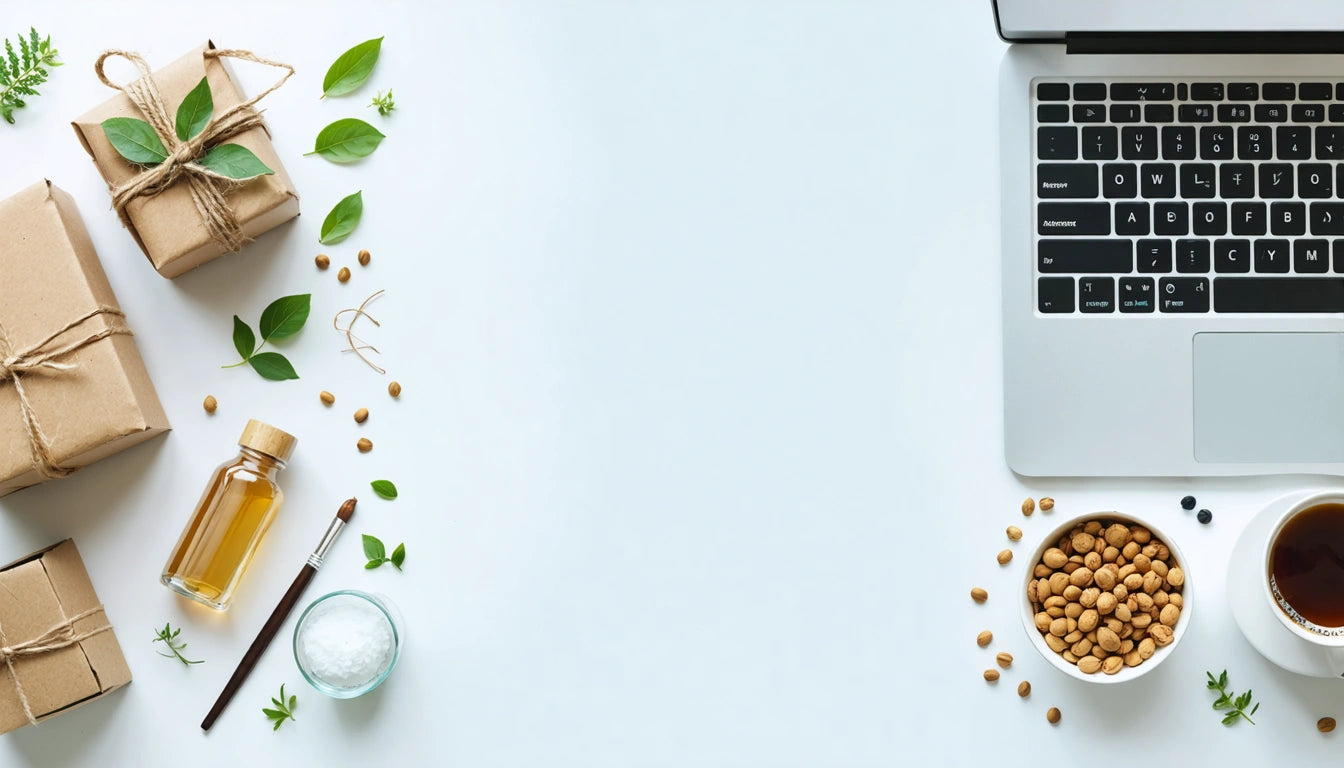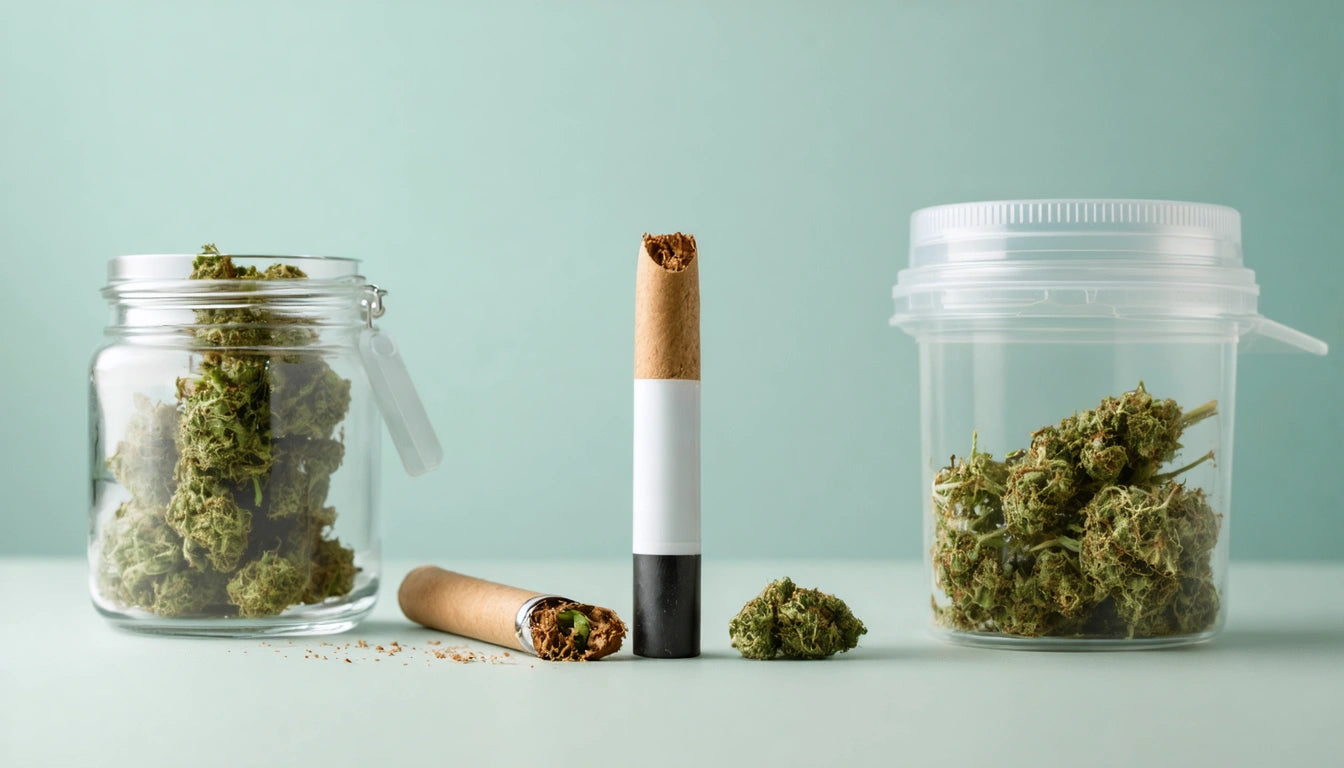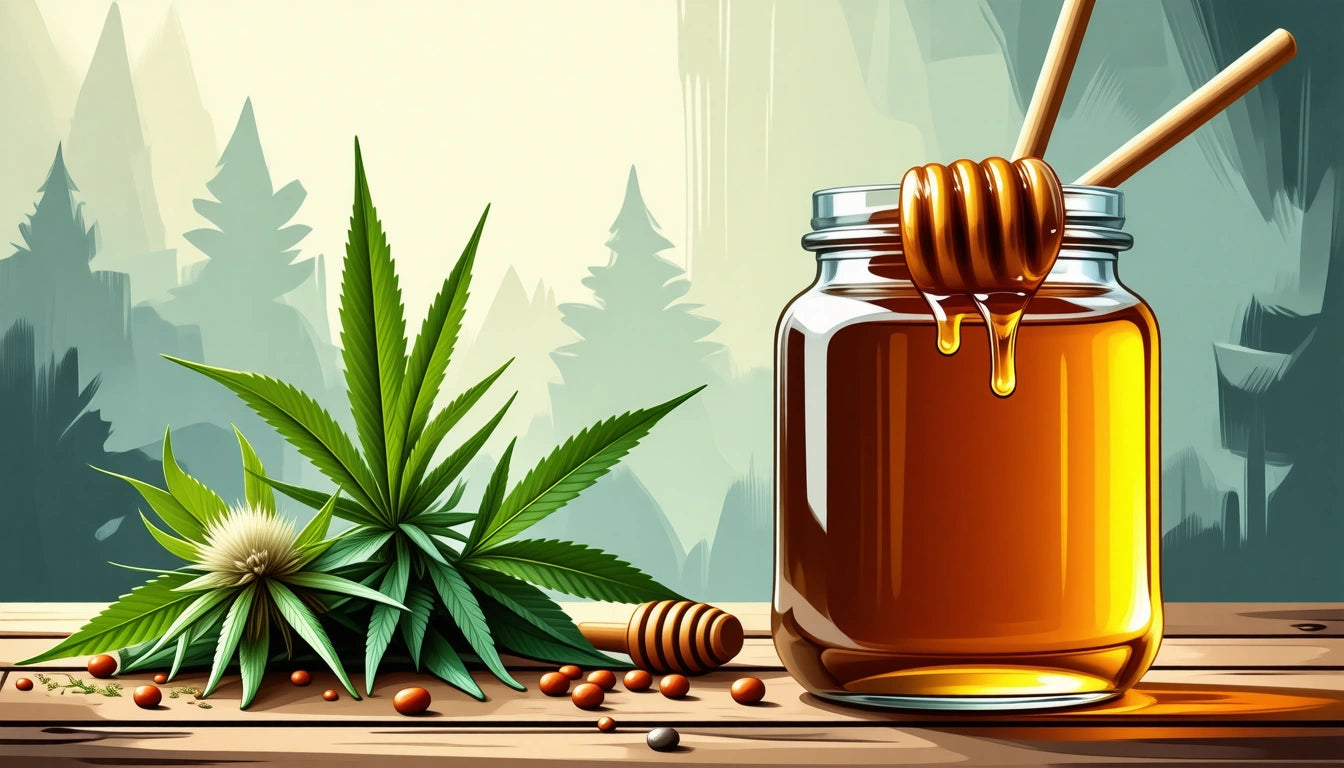Table of Contents
How to Create and Design Custom Packaging for Products
Custom packaging does more than just protect your product; it tells your brand story and creates that crucial first impression with customers. Whether you're wondering how to make custom packaging for a new business or how to design packaging that stands out on crowded shelves, this comprehensive guide will walk you through the process from concept to completion.
Understanding Packaging Fundamentals
Before diving into design, it's essential to understand what makes packaging effective. Good packaging serves multiple functions: it protects the product, communicates brand values, provides necessary information, and enhances the user experience.
According to our guide on packaging costs and benefits, effective packaging can increase perceived value by up to 30%. This makes the investment in quality packaging a crucial business decision rather than an afterthought.
The Three Levels of Packaging
- Primary packaging: Directly contains the product (bottles, wrappers)
- Secondary packaging: Groups primary packages (boxes, crates)
- Tertiary packaging: Used for bulk handling and shipping (pallets, containers)
Designing Your Packaging
Learning how to design product packaging starts with understanding your brand identity and target audience. Your packaging should visually communicate your brand values while appealing to your ideal customer.
Key Design Elements
- Color: Choose colors that reflect your brand personality and appeal to your target market
- Typography: Select fonts that are readable and consistent with your brand voice
- Imagery: Use high-quality photos or illustrations that enhance your message
- Logo placement: Position your logo where it creates maximum impact
- Information hierarchy: Organize text by importance for easy scanning
For inspiration, check out our guide to top packaging designs and materials, which showcases innovative approaches across various industries.
Material Selection for Different Products
The question of how to make packaging often comes down to choosing the right materials. Your selection should consider product protection needs, sustainability goals, budget constraints, and brand positioning.
Common Packaging Materials
- Cardboard and paperboard: Versatile, recyclable, great for boxes and displays
- Plastic: Durable, lightweight, available in various forms (PET, HDPE, etc.)
- Glass: Premium feel, excellent for food and beverages, fully recyclable
- Metal: Durable, protective, often used for luxury or long-shelf-life products
- Biodegradable materials: Environmentally friendly options like PLA or mushroom packaging
For businesses concerned with environmental impact, our article on eco-friendly packaging ideas provides sustainable alternatives that don't compromise on quality or aesthetics.
DIY Packaging Methods
For small businesses or startups wondering how to make a cardboard packaging box or how to wrap packages professionally, there are several DIY approaches that can yield professional-looking results.
Creating Custom Boxes
- Start with a template or box die-cut pattern
- Transfer the pattern to your chosen cardboard
- Cut along the lines using a craft knife or cutting machine
- Score fold lines for clean bends
- Fold according to pattern and secure with adhesive
- Add branding elements with stamps, stickers, or printed wraps
When packaging products for shipping or retail, precision is key. Using accurate digital scales for consistent packaging weights ensures product uniformity and helps calculate shipping costs correctly.
Professional Production Options
As your business grows, you'll likely transition from DIY methods to professional production. Understanding the options helps you make informed decisions about how to package your products at scale.
Production Methods
- Digital printing: Cost-effective for small runs, allows for customization
- Offset printing: Higher quality, more economical for large quantities
- Flexography: Great for packaging that requires printing on flexible materials
- Screen printing: Ideal for specialty finishes and effects
For comprehensive guidance on professional packaging production, our guide to custom packaging and branding covers everything from design specifications to working with manufacturers.
Packaging for Specific Industries
Different products have unique packaging requirements. Here's how to approach packaging design for specific categories:
Food Packaging
If you're wondering how to design packaging for food or how to start a packaged food company, safety and freshness are paramount concerns. Food packaging must:
- Comply with FDA regulations and include nutrition facts
- Provide adequate barriers against moisture, light, and air
- Communicate allergen information clearly
- Maintain product freshness and quality
For food entrepreneurs, our packaging ideas for baked goods offers specific solutions for this challenging category.
Luxury Product Packaging
Many wonder how luxury packaging is made. The secret lies in premium materials, meticulous attention to detail, and thoughtful user experience. Luxury packaging often features:
- High-quality materials like thick paperboard or specialty papers
- Special finishes such as foil stamping, embossing, or spot UV
- Thoughtful unboxing experiences with layers and reveals
- Minimal, sophisticated design elements
Candy and Confectionery
For those asking how to package candy effectively, consider these factors:
- Food-safe materials that prevent contamination
- Moisture and temperature barriers to maintain freshness
- Vibrant, eye-catching designs that appeal to target consumers
- Portion control and resealability features
Packaging Innovation and Future Trends
The packaging industry continues to evolve with new technologies and changing consumer preferences. Staying ahead of these trends can give your products a competitive edge in the marketplace.
Smart packaging with QR codes or NFC technology is enabling interactive consumer experiences. Meanwhile, sustainable packaging solutions are becoming not just preferred but expected by consumers. For small businesses looking to stay competitive, our cost-effective packaging ideas demonstrates how to incorporate these innovations without breaking the budget.
Creating effective custom packaging requires balancing aesthetics, functionality, brand messaging, and budget considerations. Whether you're making simple cardboard boxes or designing luxury packaging experiences, the principles of good design and material selection remain the same. By following this guide, you'll be well-equipped to create packaging that protects your products and elevates your brand.











Leave a comment
All comments are moderated before being published.
This site is protected by hCaptcha and the hCaptcha Privacy Policy and Terms of Service apply.